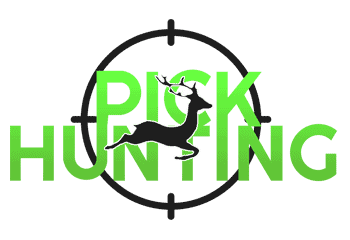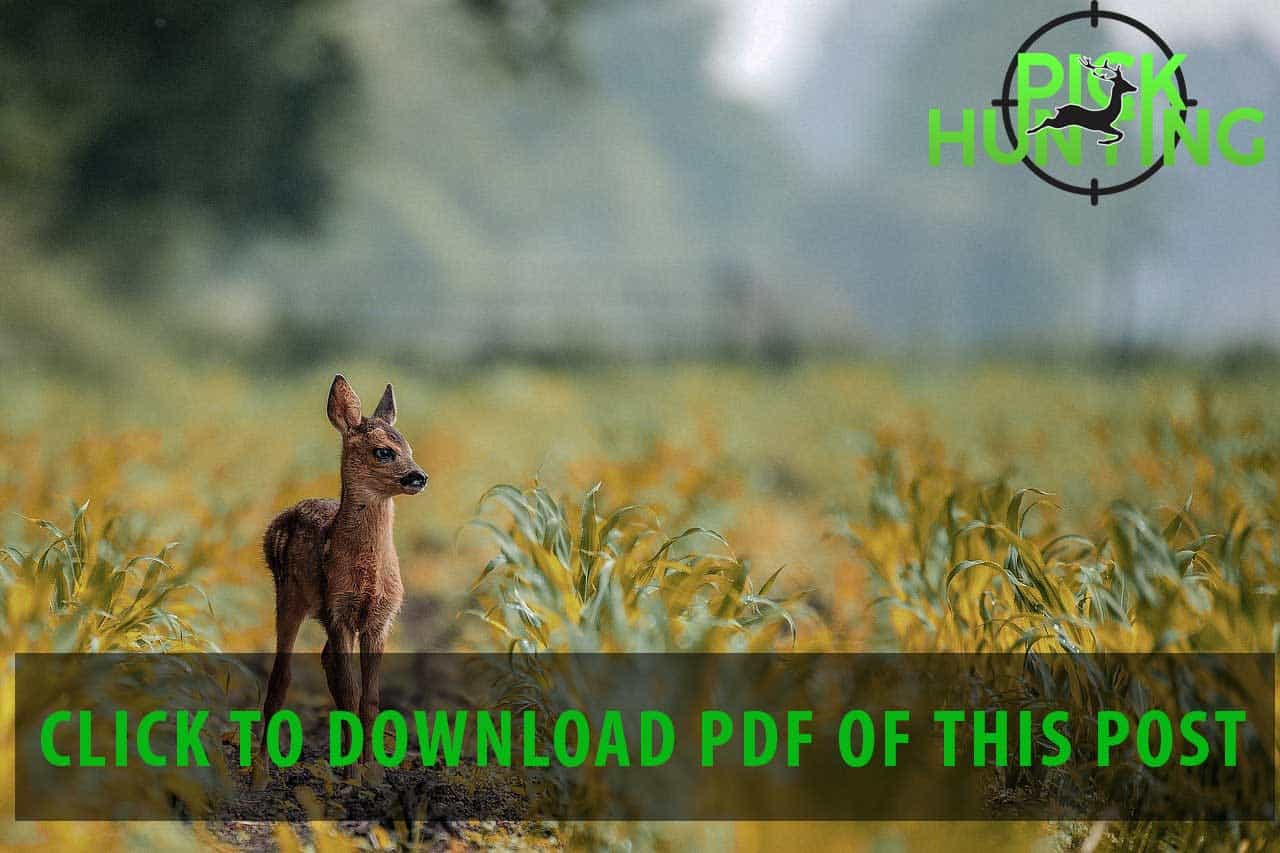When someone sees a young deer they often refer them as fawns. Did you know baby deer called as a calf or kid? The babies of red deer and the young sika are known as calves while the little ones of roe deer are known as kids. When a baby of a white-tailed deer is one year old it’s not referred as a fawn anymore rather they are known as yearlings.
What is a baby deer called? A newborn or a baby deer is called a fawn and sometimes the baby deer is also referred to as a kid or calf. When a deer is one year old it is no longer called a fawn, it is then known as a yearling and after they reach their second year the males are called bucks and the females are called does.
The fawns are seen to be around their mother after they are born. The males tend to leave after the mating is completed and the does are responsible for taking care and rising up the little ones. If the baby fawn is a male, after getting mature enough it will leave in search of a partner to mate with. On the other hand, is the fawn is female it can stay with her mother if she wants or she can even give birth to her babies and stay with them.
Table of Contents
Top 3 Baby Deer Names
The most widely used term for baby deer is of course fawn. Learned people with extensive knowledge about animal life use this term. We can’t say everyone is mature enough to utter it at the right time. People may also say kid or calf. Let’s study each possible term for baby deer one by one.
The Newly Born Fawns
The newly born fawns possess certain characteristics which with time disappear. Some white spots are noticed in the back and rumps of their bodies. The newly born baby deer are helpless as they can’t save themselves from predators. This scattered white spot helps them to hide from the predators. The fawns can easily camouflage themselves with the help of such appearance. If the doe is healthy it typically gives birth to twins sometimes even triplets. A newly born weighs around 8 pounds is it’s a healthy birth. The fawn learns to stand and walk within an hour after its birth.
The doe is extra cautious about saving its offsprings and takes some precautions. After giving birth the doe leads the fawns to another safer place which is known as form. The fawns are kept 200 feet away from each other so that if one is attacked by a predator the other one remains safe.
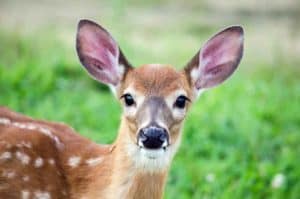
Kid: Rarely used for baby deer
People who are not educated enough or not know wildlife well mostly refer to baby deer as a kid. Children mostly use this term because they think baby deer is small enough as a kid. Keeping the size of infant deer in mind they may call it a kid. It is really funny to use human nouns for animals. But people often do this just because they don’t know the actual word
Calf: Used for young ones of large size deer species
For the largest species of deer like Wapiti, Elk, and native red deer, young ones are called calves. Here males are called bulls and females as a cow.
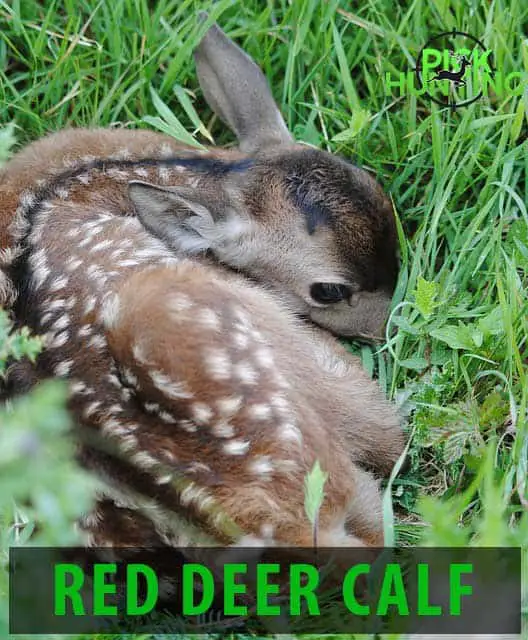
In red deer, males are referred to as hind, females as stags and newborns as calves.
The reason why young ones in some of the deer species are termed as calves is perhaps the bigger size of the species.
The First Month- three or four weeks after birth
The first month is very crucial in the life of a fawn. It usually takes one month or a little bit less time for a fawn to strengthen their legs. When they have developed a stronger leg they can easily catch up with their mothers’ pace and join the group. When a fawn is born it’s odor-free or in other words it doesn’t secrete any kind of smell so it is not so easy for the predators to locate a fawn. The mothers are not always seen with the fawn as the smell of her body can attract the predators. The mothers maintain a certain distance between her and her fawn so if someone sees a fawn laying out there in a field it is very likely that the mother of the fawn is somewhere nearby. When the doe wants to hide but the fawn keeps on following her she gently pushes on its shoulders, in this way the mother communicates with her fawn.
The deer as a herbivorous animal tend to live on grasses, acorns, soybeans, assorted shrubs, apples, plant leaves and so on. After the fawn is able enough to go out of their mother, the mother teaches them how to survive in this world. The does teach their fawn how to find food and survive in the wild.
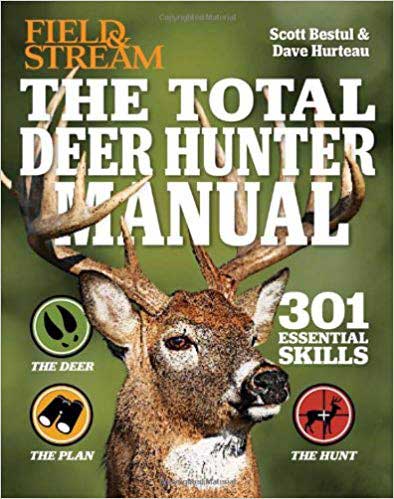
How do you care for one that’s lost its mother?
Have you ever seen a baby deer sitting helplessly alone in a forest? If yes!. You may get the impression that its mother is lost or it will be hungry. Even you may imagine it is abandoned by the mother.
Such feelings are natural if you don’t know much about the early days of fawns. Reality is that fawns have instincts to live without mothers for about 12 hours during the early growth period.
If you find one without a mother, the first thing to do is to wait until she arrives. In case if she does not come back then, make a call to wildlife rescuers who know well how to care for the young one in the absence of the mother.
Never try to feed formula milk or any feed to fawns if you are not trained to do so. It can bring even death because newborns are too weak to digest unnatural products. That’s why rescuing or caring baby deer is not recommended by wildlife experts.
What is a small deer called?
Some species of deer are relatively tiny in size like Water deer, Pudu, Pygmy Brocket deer, and Hog deer. Fawns of small deer species are impossibly cute and termed as pudu fawns and mouse fawns. Pudu is the smallest species of deer in animal planet ever found. After birth, fawns are probably 6 inches in height.
What is baby venison called?
Venison is a term used for deer meat. However, it is not a specific term for the meat of baby deer or fawns.
There is no term in English for fawn meat or baby venison. The reason might be hunting laws. Killing young ones for meat purposes is restricted in many states of the US. Even the slaughtering of fawns is also illegal as it is not a domestic animal.
What do you call a baby deer mostly?
Very funny to know people may call it with any name like a kid, little deer, young one or baby deer until they google it to learn its exact name.
When people get to know the right term they will use fawns mostly. It all depends on what they know and what they don’t know. People from different age groups will use different terms according to their knowledge and understandings. Kids may love to call it cute “baby” even.
Successful hunter knows everything about his prey well prior to hunting. Read this book and be a successful deer hunter.
Should and Shouldn’t
The deer are found in 17 countries of the world. If you are living in Canada, US, Finland, New Zealand and Slovakia it is very likely that you may spot a fawn; Some of you may even touch it or take it in your lap as the fawns appear to be really adorable but should you really do that? Unfortunately, you shouldn’t. The fawn is born odor-free so that the predators can’t find them but if you touch them, you unwillingly leave your scent in their body which may attract the predators towards them.
So, the first thing you should do to remove the human scent from the fawn is to grab a pair of gloves and a towel. Then that towel should be rubbed in the grass and after that, the towel is to be used for wiping the whole body of the fawn. Hence now the fawn is free of human scent and you can safely leave it in the exact place you picked it up from.
Even if you think the fawn is hungry you shouldn’t go and feed them anything. The fawn has its own nutritional diets and if you feed it something improper many complications may arise and the fawn may even die. So, it is suggested not to feed a fawn.
Some of you may also show interest in taking a fawn back home and keeping it but should you be doing that? Perhaps this isn’t the right thing to do and in many states, it is illegal to keep them in captivity. When you take any animal away from their natural habitat they face a lot of difficulties adapting a totally new environment. If they are held captive, they may suffer from malnutrition and injuries as well. Therefore, you shouldn’t keep a fawn away from their natural habitat.
Frequently Asked Questions
What is the name of a baby deer?
Baby deer are generally called fawn and rarely called a kid and calf. However, the calf is a specific term for young ones of the largest size deer species
Why are baby deers called fawns?
Term fawn originated from the Old English word meaning “glad”.Fawn as a newborn may be a symbol of happiness to deer family.
What is a fawn deer?
Fawn Deer is a newly born baby deer. This term is not gender-specific. Whether its newly born male or female, it will be fawn deer.
What animals are called fawns?
Fawn is a word used for referring offsprings of deer only. It may not be used for other animals or mammals.
What is deer meat called?
Deer meat is often called venison as one may get it after hunting. So, the meat of animal we get after hunting is venison:
Final Verdict
Hope finally at the end you know the answer that what is a baby deer called? As already mentioned above that a baby deer is called fawn but it can also be referred to as a kid or calf. The fawns are born between May and June. The fawn is scent-free and has some scattered white spots on its body which plays the role of a defense mechanism; it helps them to hide from the predators. The does often give birth to twins and both the fawn is kept approximately 200 feet away from each other. You can also read these guides to know the plural of deer, what sound does a deer make, group of deer called, male deer, what is a female deer called, how long are deer pregnant, where do deer go during the day, what should be used to screw on broadheads, etc.
All the animals that exist on our planet play a huge role in the Ecosystem. We should all take care of all animals as many species are already endangered and some are already extinct.
If you love to listening audio then the good news is you can listen to this post through audio. Let’s start to listen the audio version by clicking the play button:
